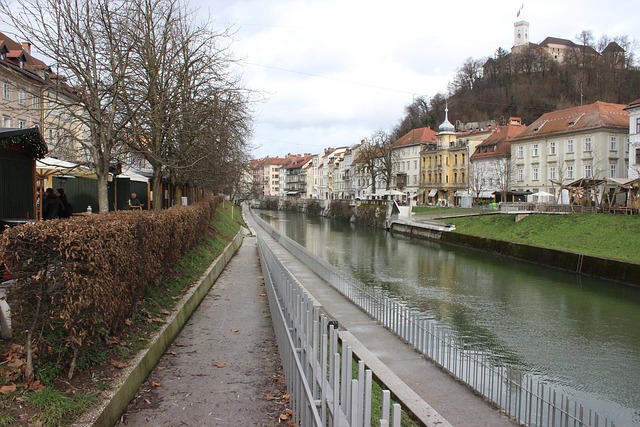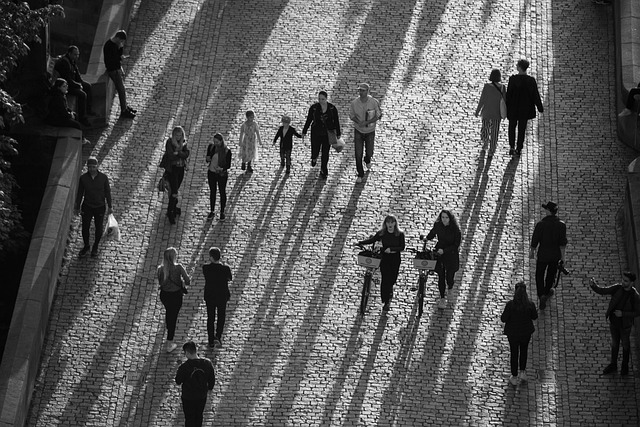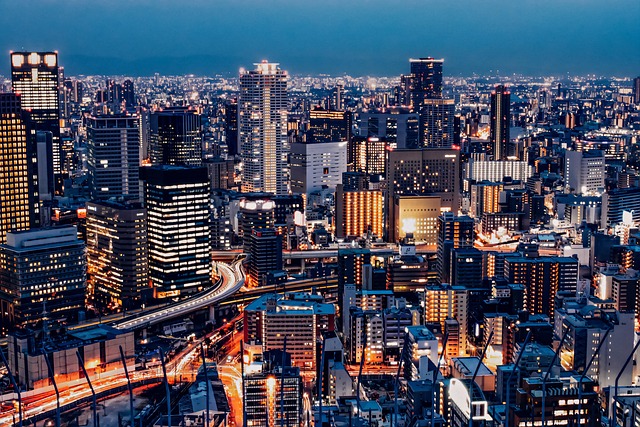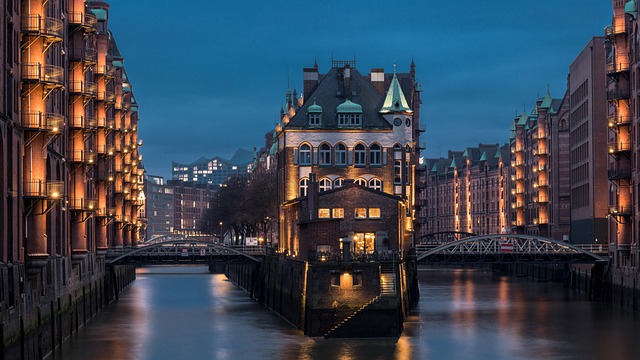Karachi's Shah Faisal Colony faces significant traffic congestion during peak hours due to high vehicle volumes on main roads and residential street blockages from parent vehicles dropping off/picking up children. This issue demands strategic urban planning, focusing on optimizing signal timings and implementing parking policies. The colony's central location makes it a vital transportation hub, necessitating smart city solutions like advanced traffic management systems, integrated public transport apps, and green initiatives for electric vehicles. Efficient public transport options, such as bus networks and the Karachi Metro Train, are being expanded to decongest roads and promote sustainable mobility. Current plans include an intelligent transport system (ITS), enhanced bus routes, electric shuttle services, and potential light rail introduction to transform Shah Faisal Colony into a model for efficient urban mobility in Karachi.
In the heart of Karachi, Shah Faisal Colony stands out as a bustling transportation hub, characterized by intricate traffic patterns. This article explores the dynamics of traffic in this vibrant community, delving into understanding local flow, examining the region’s pivotal geographical location, and highlighting challenges. We also discuss innovative solutions for efficient traffic management, the role of public transport in congestion reduction, and future initiatives aimed at enhancing mobility experiences for Shah Faisal Colony residents and visitors alike.
- Understanding Traffic Patterns in Karachi's Shah Faisal Colony
- The Impact of Location: Why Shah Faisal Colony is a Transportation Hub
- Challenges and Solutions for Efficient Traffic Management
- Public Transport Options and Their Role in Reducing Congestion
- Future Initiatives for a Seamless Traffic Experience in the Colony
Understanding Traffic Patterns in Karachi's Shah Faisal Colony

In the vibrant city of Karachi, understanding traffic patterns is crucial for efficient navigation and urban planning. Shah Faisal Colony, a bustling neighborhood, is no exception. During peak hours, particularly in the morning and evening, the colony experiences a surge in vehicle volume, leading to heavy congestion on main thoroughfares like Main Road and M.A. Jinnah Road. These routes serve as vital arteries connecting various parts of the city.
Residential areas within Shah Faisal Colony also exhibit distinct traffic flows. Side streets, initially designed for local access, often become congested with residents’ vehicles, especially during school drop-off and pick-up times. Understanding these patterns is essential for implementing effective traffic management strategies, such as optimized signal timings and parking policies, which can enhance the overall mobility experience for Karachi’s diverse population.
The Impact of Location: Why Shah Faisal Colony is a Transportation Hub

Shah Faisal Colony, located in Karachi, has emerged as a significant transportation hub due to its strategic geographical position. The area’s centrality within the city’s metropolitan landscape facilitates seamless connectivity between various parts of this vibrant metropolis. This advantage attracts both residents and businesses, contributing to a bustling environment characterized by heavy foot and vehicular traffic.
The colony’s proximity to key landmarks, industrial zones, and commercial hubs further amplifies its importance as a transportation node. It serves as a crucial link in Karachi’s intricate network, ensuring efficient movement of people and goods across the city. This dynamic nature has made Shah Faisal Colony a prominent intersection where various modes of transport converge, shaping the overall traffic pattern and accessibility in the region.
Challenges and Solutions for Efficient Traffic Management

The dense traffic in Karachi, particularly in areas like Shah Faisal Colony, presents several challenges for efficient traffic management. Congested roads, inadequate signaling systems, and a lack of well-defined pedestrian pathways contribute to lengthy commute times, increased pollution, and potential safety hazards. To address these issues, implementing smart city solutions can be transformative. For instance, introducing advanced traffic signal controls that adapt to real-time vehicle flow data can significantly reduce congestion. Additionally, developing mobile apps for public transport and integrating them with real-time bus tracking systems encourages more people to opt for public transit, easing the burden on roads.
Green initiatives like promoting electric vehicles through incentives and building charging stations along major routes can also help alleviate traffic and environmental concerns. Well-planned pedestrian and cycling infrastructure, including dedicated lanes and safe crossings, encourages active transportation, further reducing the number of vehicles on the road. By combining technology, urban planning, and sustainable practices, Karachi can move towards efficient, safe, and environmentally friendly traffic management, enhancing the quality of life for its residents.
Public Transport Options and Their Role in Reducing Congestion

In Karachi, one of the primary challenges residents face is navigating the heavy traffic, particularly in congested areas like Shah Faisal Colony. However, public transport options play a pivotal role in mitigating this issue. The city’s bus network and metro train system are designed to decongest roads by providing efficient, affordable, and reliable modes of transportation. Regularly maintained buses with designated lanes help reduce travel times while easing the strain on personal vehicles.
Additionally, the introduction of modern transport systems like the Karachi Metro Bus and upcoming light rail networks promise to further enhance mobility in the area. These initiatives not only cater to the growing population’s needs but also encourage a shift from individual car usage, thereby reducing traffic congestion. By offering convenient alternatives, public transport encourages a more sustainable and less chaotic urban commuting experience for Shah Faisal Colony residents and visitors alike.
Future Initiatives for a Seamless Traffic Experience in the Colony

To ensure a seamless traffic experience in the future, several initiatives are planned for Shah Faisal Colony, Karachi. These projects aim to alleviate current congestion and enhance overall mobility within the colony. One key focus is the development of an intelligent transport system (ITS) that utilizes advanced technology for real-time traffic monitoring and management. This will involve installing smart signals, loop detectors, and cameras to optimize traffic flow and reduce delays at intersections.
Additionally, there are proposals to expand and improve public transportation networks. This includes enhancing bus routes, introducing electric shuttle services, and potentially exploring a light rail system. By encouraging more residents to use public transit, these initiatives aim to decrease the number of private vehicles on the roads, thereby lessening traffic congestion and improving air quality. Such developments have the potential to transform Shah Faisal Colony into a model for efficient urban mobility in Karachi.
Karachi’s Shah Faisal Colony, with its dense population and bustling streets, presents unique traffic challenges. By understanding the complex transportation patterns, implementing strategic solutions, and investing in public transport infrastructure, these issues can be addressed effectively. The initiatives outlined in this article aim to revolutionize traffic management, ensuring a seamless and efficient experience for all residents and visitors of Shah Faisal Colony, Karachi.
